I wasn’t planning to do this as two part series, but as I dug into all the stories of the art that I loved from Frieze and Felix Art Fairs a few weeks ago, I realized that there was so much to share. So here’s part one with a little about what makes art buying so hard and the pieces I loved from Frieze.
Part two will focus on Felix Art Fair (I like to call it Frieze’s hipper younger sister. And I can say this with full confidence as an older sister) and share more about things to think about when buying art and where/how to get started. It will be posted in the next week.
One more note, if you are considering buying some art for your home and want some help thinking through options or with the whole process, get in touch (anar@lotagoods.com). We can have a chat about what you are looking for and hopefully make the process a little less daunting.
___
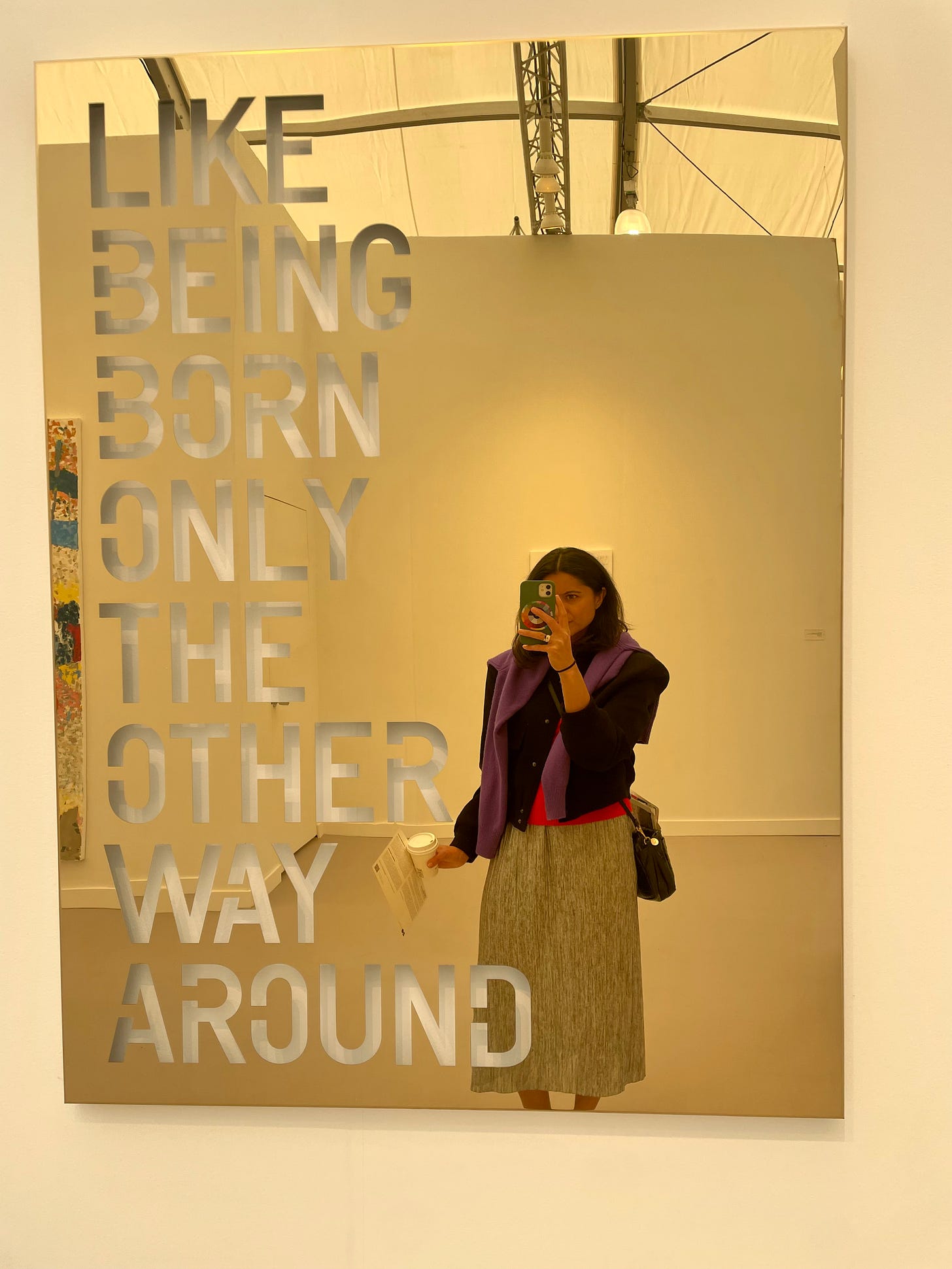
Art buying and collecting can feel both intimidating and alienating. Knowing art styles, categories, fair pricing feels like you need a major in art history. And goals for art buying are inherently confusing. Am I buying because I like the piece, or as an investment? Or does it fit my furniture? What if my style goes out of style?
The task is much more daunting than just buying clothes or following the latest trend - the barrier to entry for fashion is just much lower. Plus, if you don’t like something, the downside also generally feels low stakes (I can share with a friend, donate it, resell it, or, in the worst case, it sits in the back of my closet).
Art on the other hand is not only expensive, it is something you commit to and have up on your walls. It becomes a story you tell every person that walks into your home, or at least it's a story that you are reminded of as you work, live, and breathe in your home.
But where do you actually buy art? For most people they start with flea markets, Target, or maybe Etsy or Society6. If they have the resources (in both time and money) they may check out local galleries or art shows. Generally though art buying is hard. The magic happens when you see a piece that scratches an itch you didn’t know you had and the more you learn about it - the work, the materials, the artist, the more you feel drawn in and connected. (Truthfully, this should be true no matter what you are buying - whether it be clothes, furniture or art. We are just programmed to buy, buy, buy. But that is a story for another time).
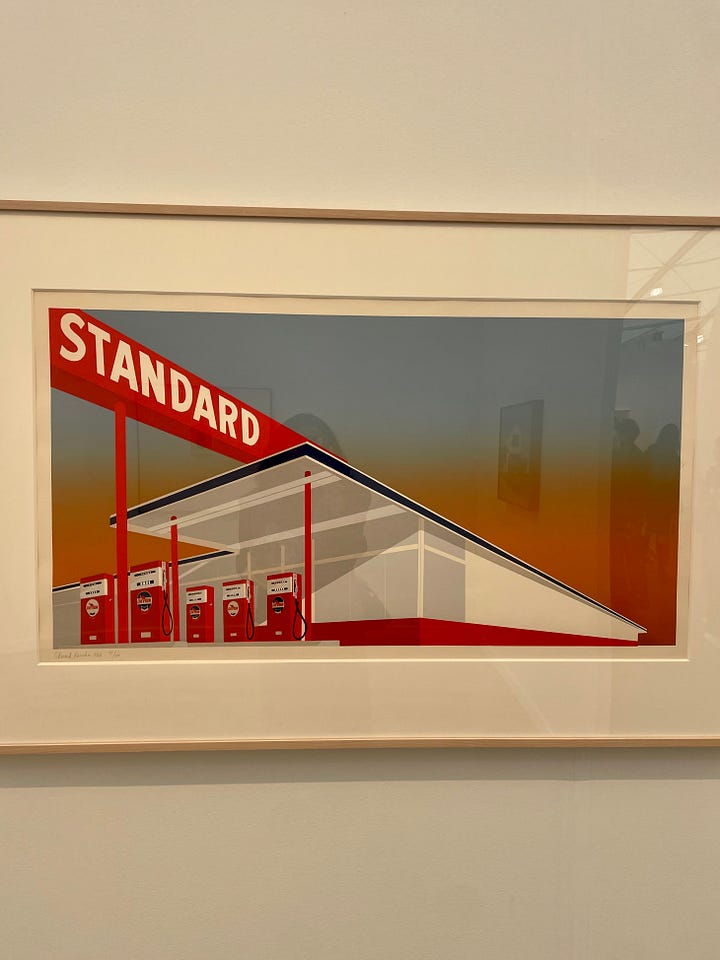
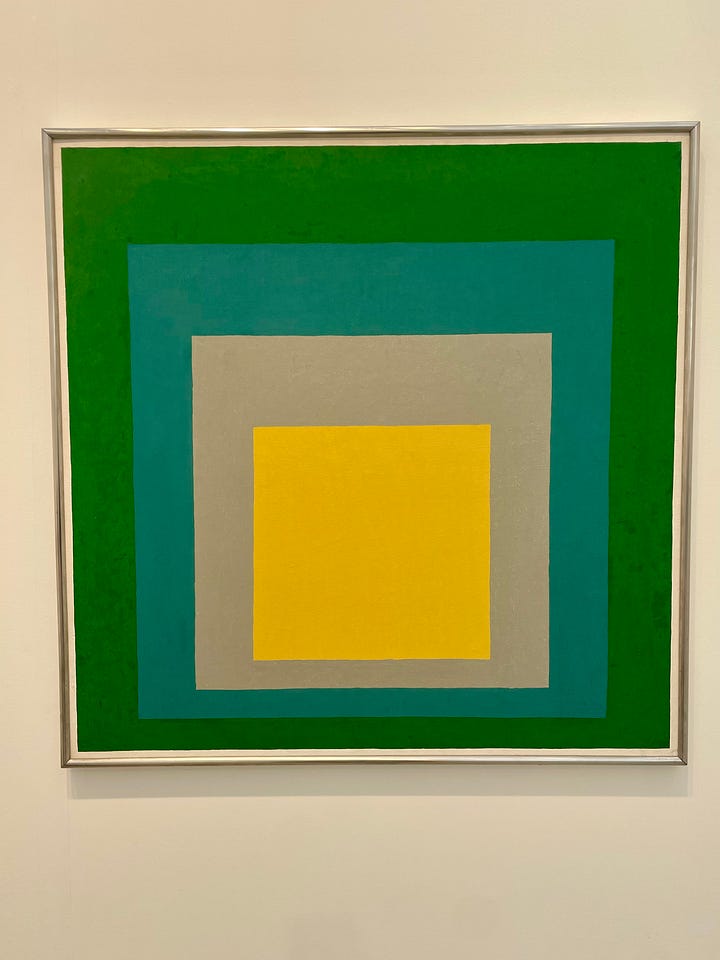
If you live in a major city, then likely there are annual art fairs that attract collectors, curators, artists, and art enthusiasts. These fairs are great to get a sense of what art is out there and often galleries, artists, and even art-foucsed non-profits will get in on the energy of the week to add additional programming. LA’s art week was at the end of February with the marquee event being Frieze. Frieze is an international contemporary art fair where this year 95 galleries from 21 countries presented art for sale at the Santa Monica Airport.
To get a sense of the level of art and galleries represented at Frieze, the prices of art—from paintings to photography to sculpture—ranged from $15,000 up to $2 million for a drawing, "Pamuk" (2009) by Richard Serra, presented by Gladstone Gallery. I’m not buying at Frieze, but I’m definitely get a sense of what’s out there and learning more about the trends and artists to watch and be inspired by.

Not surprisingly, I tend to bee-line to the emerging galleries section first. This year 12 galleries were selected by curator Essence Harden (curator of the California African American Museum in LA) focused on the theme of “ecology,” featuring artists who demonstrated the boundaries between individuals and their spaces - communities, cities, land, and systems. The art here section was some of my favorites, including Lyles & King showing media and textile artists Akea Brionne, Ochi Gallery featuring Lilian Martinez who recontextualizes brown bodies at rest, Dominique Gallery showing Mustafa Ali Clayton’s ceramic sculptures, and Nazarian / Curcio showing Haitian photographer Widline Cadet where she creates spaces “where impossible meetings can happen”.


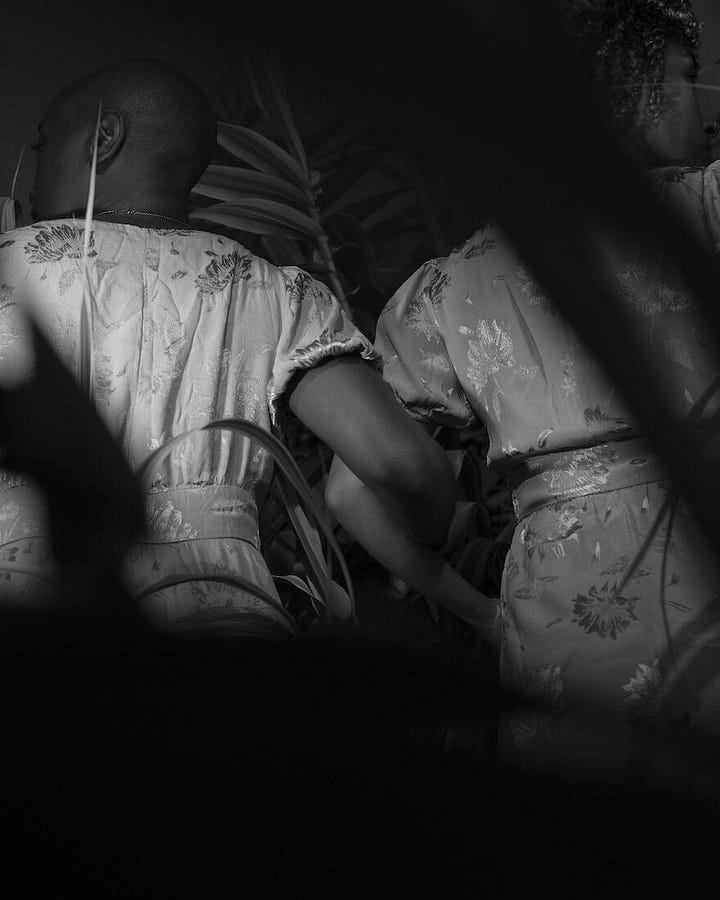

Elsewhere at the fair, The Pit, LA’s artist-run gallery in Atwater Village, presented Allison Schulnik’s moth sculptures, paintings, and other ceramics against a mint green background. Moths always catch my attention after reading Michaela Coel's book "Misfits: A Personal Manifesto" and her love for the often shunned insect (“Why was the moth excluded from this adoration and left to flutter the skies as a commercially unattractive misfit? And what made them so mesmerized by the very thing that often killed them? And what can happen in your life when you comfort or embrace the things that repel you?"1). Schulnik’s versions felt similarly referential of her subject, creating totems of worship for the misfit bug.

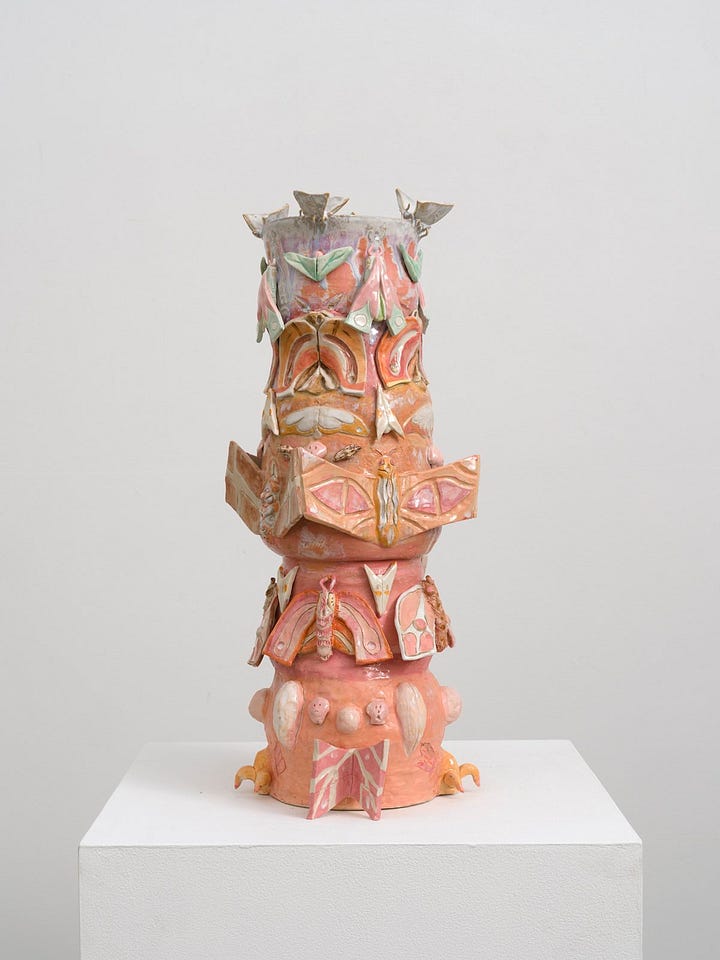
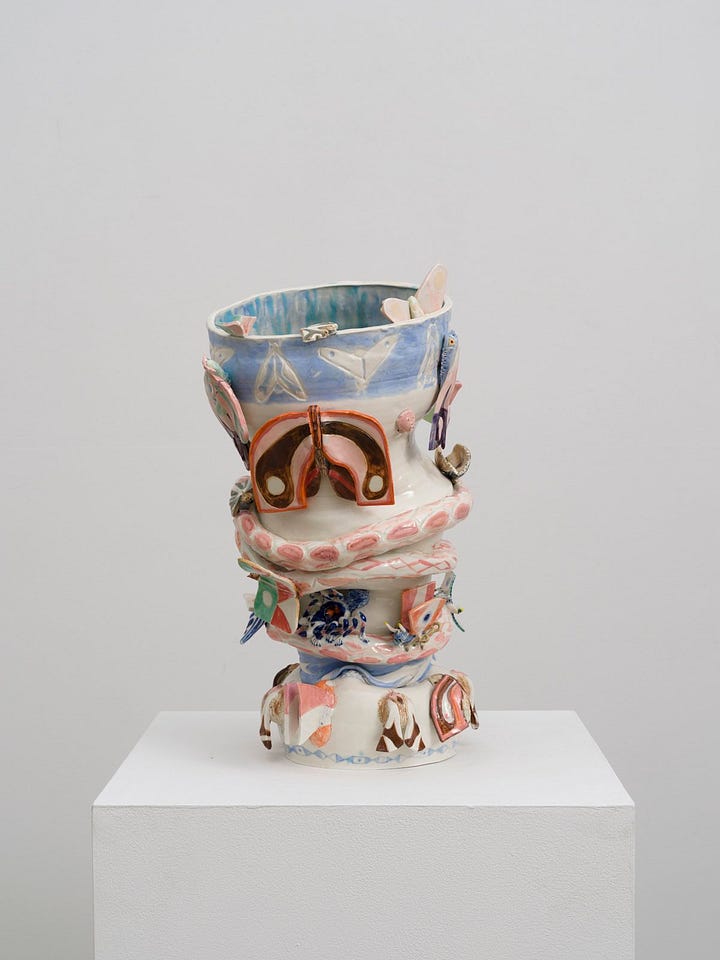
Silverlens, a gallery based in Manila and New York City, presented at Frieze for the first time with Filipino-American artist Stephanie Syjuco. Her series Force Majeure juxtaposes headlines from Manila Chronicle circa 1945-1972 with decorative plants. This was a period during which the Philippines went from ending Japan’s occupation of the country to martial law under Marcos. Syjuco’s work highlights “how power disguises itself in decorative veneer.” Given the current state of the Philippines under Marcos’ son, this message is even more poignant and important today.
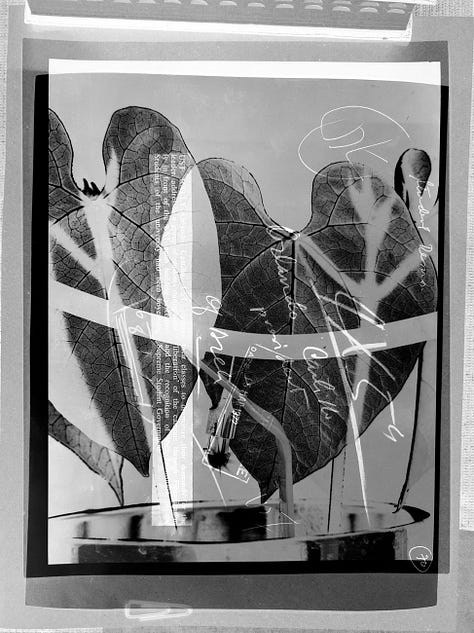
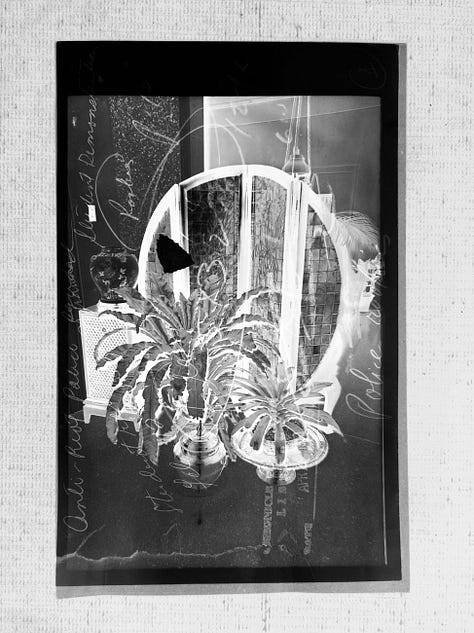
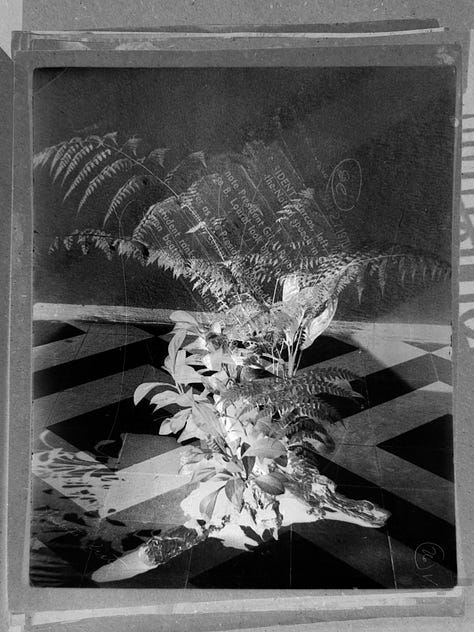
And finally, Mexico City’s Proyectos Monclova explored Afro-Mexican culture through Mexican artists Aydeé Rodríguez López and David Montaño Roque. In día de muertos (2023), Rodríguez López depicts five figures in costumes participate in the “dance of the devil,” a traditional ceremony of rebellion performed in the Costa Chica region of Guerrero and Oaxaca as a response to the oppression of Africans in Mexico. The art and story captured in these pieces are mesmerizing.

Frieze is an ambitious fair on multiple levels and I fully enjoyed this year’s rendition. To be clear, there are definitely lots of moments of ick - hushed conversations about prices (there is a lack of transparency in art sales) or two gallery owners flown in from somewhere else chatting about how Angelenos don’t understand “the arts”. And yet, every time I start to dig a little deeper into works and the artists, it feeds my soul and opens me up to the human spirit that leaving me humbled and in awe.
Part two coming soon with all the goods from Felix Art Fair - a more approachable and affordable art fair with lots to offer.
(P.S. - Shout out to my guide at Frieze, Rene Franco, an artist himself who shared the best insights and had an eye for the good details and stories)

Buy the book here from Reparations Club that was also popped up at Frieze and has a mission worth supporting.


